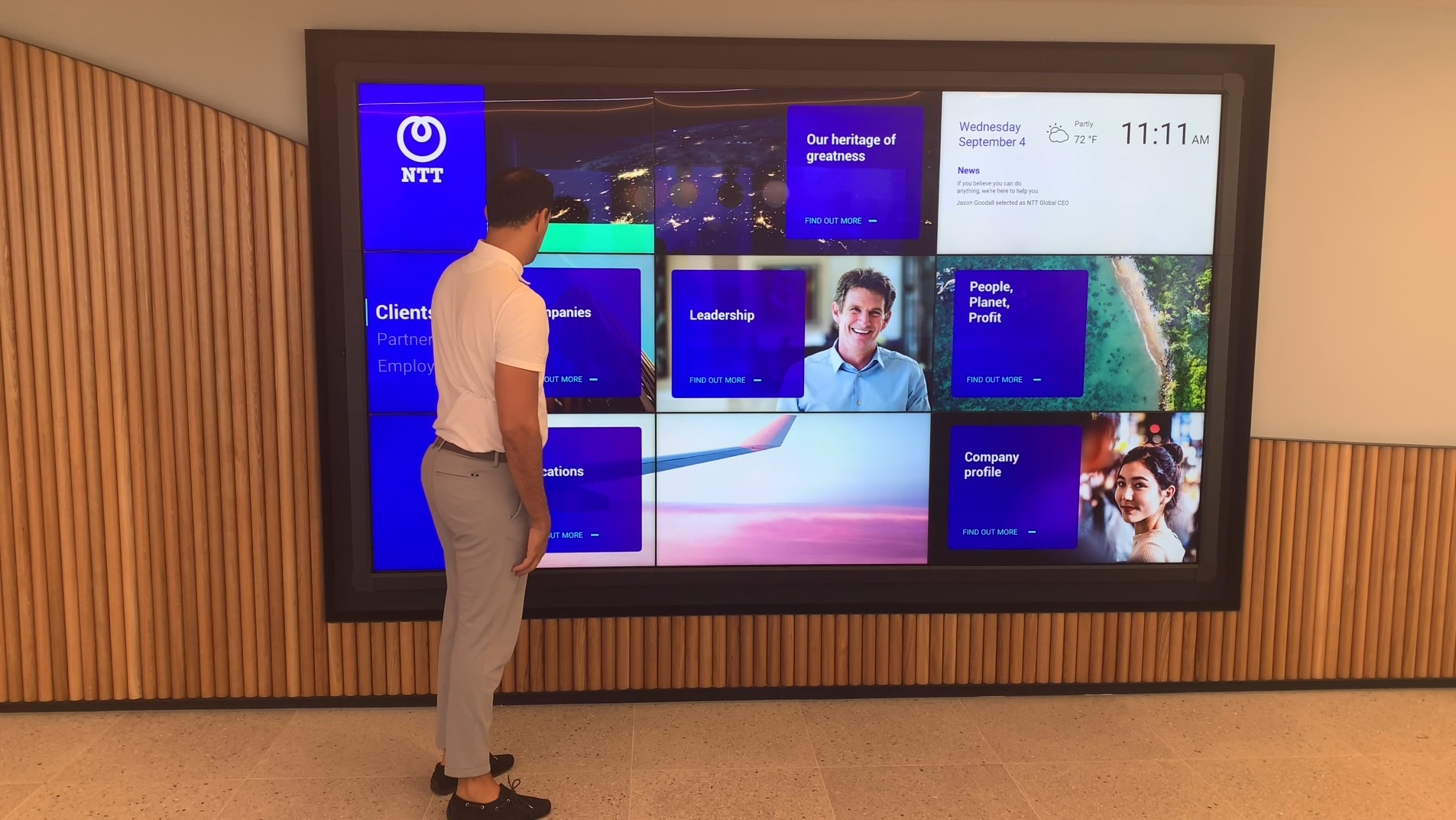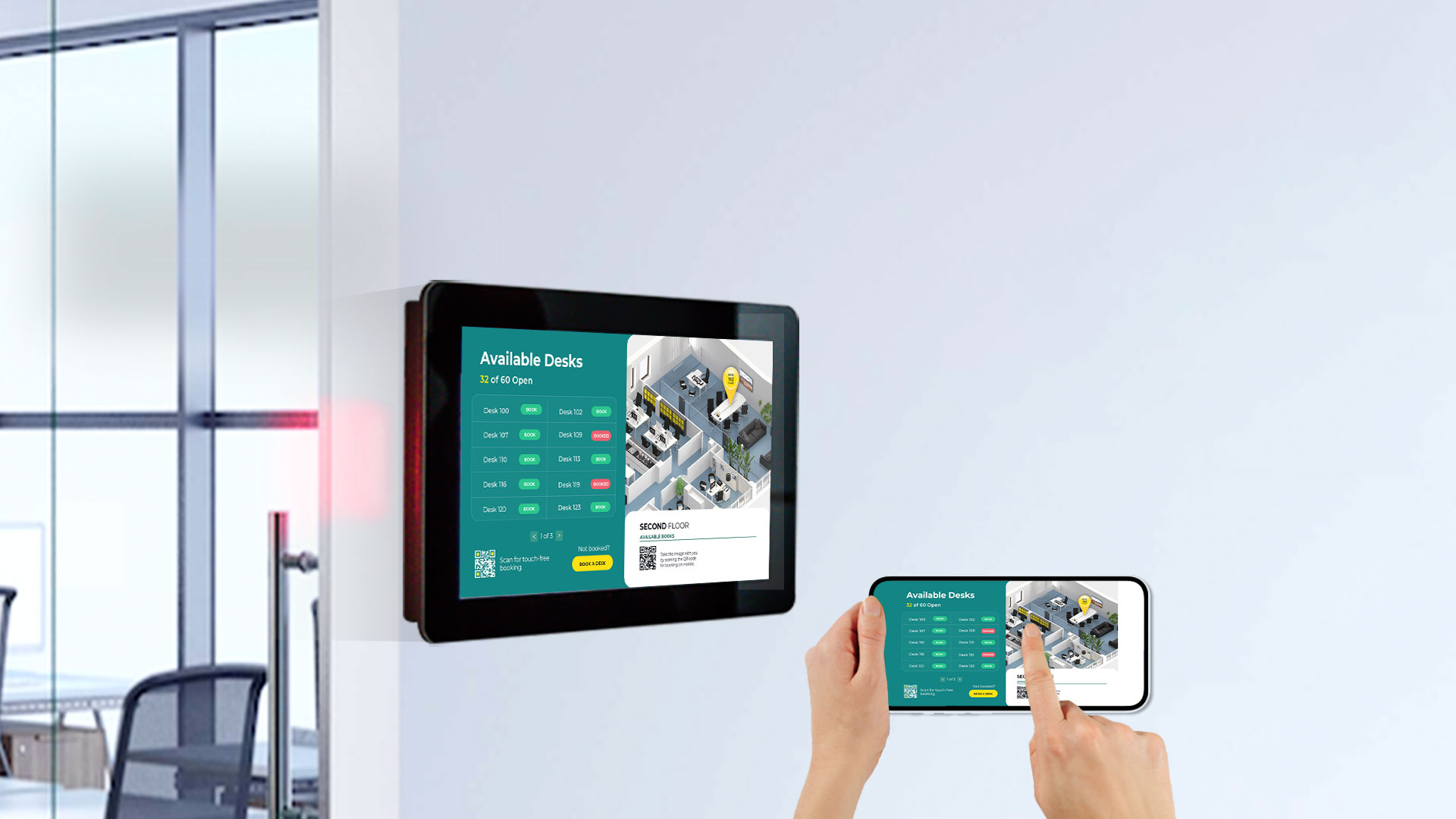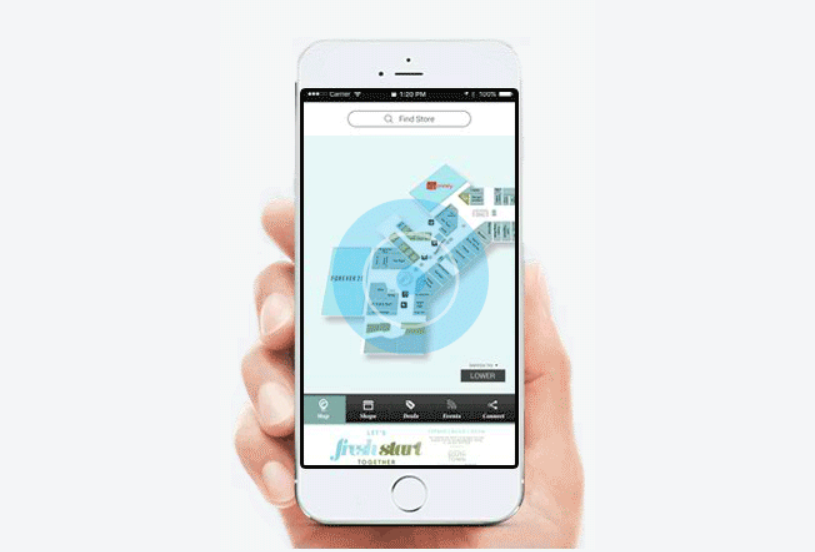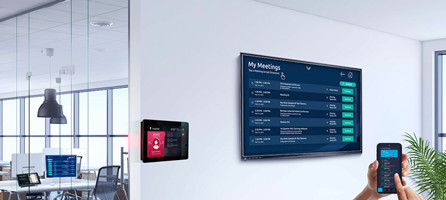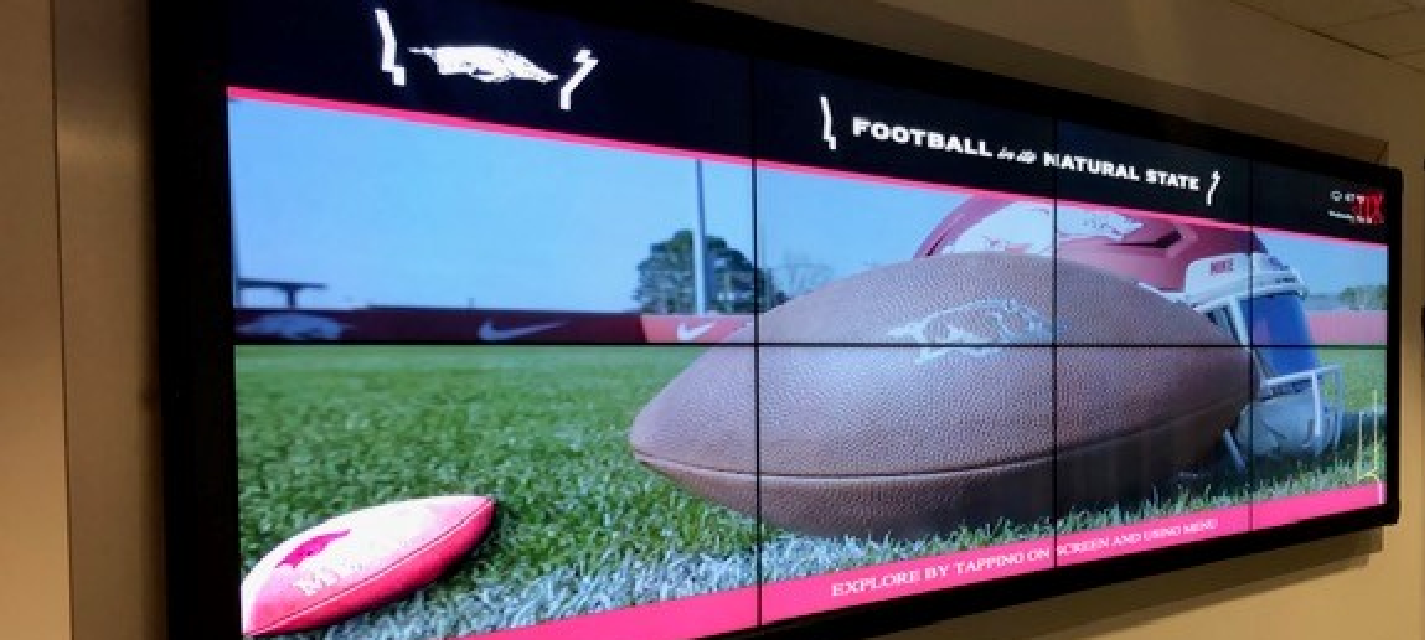Blog
SHOW THE WAY UTILIZING FACILITY SIGNAGE

Using Effective Facility Signage
Facilities’ radically changing landscape has sent managers on an operational roller coaster. Organizations are eager to resume pre-pandemic professional and recreational activities, but several challenges persist, including evolving public health guidelines and new hybrid work models. Today’s facility management professionals and business leaders must shift to accommodate the organizational, spatial and practical demands of the modern public space.
The facility must be navigable and welcoming but equipped with adequate access control. Many spaces also need a mechanism to reserve spaces and monitor their use and occupancy. These systems must be user-friendly and simple to operate, control and update. That is no small feat, and the clock is ticking. Many facilities have already moved from a remote work model to partial or fully staffed in-person activities, and no organization wants to lose momentum or take steps backwards. To preserve business continuity, operational efficiency and public health, businesses must be prepared to respond to evolving circumstances, recommendations and protocols that are still very much in flux. FMs are at the epicenter of overseeing new operational realities, with a comprehensive look into how employees work, customers behave, supply chains operate and businesses perform. The global outlook is still hazy, so it is critical to remain flexible and most importantly, keep employees and customers safe and informed. Omni-channel visual communication via facility signage can play a critical role in supporting a successful reopening.
NEW STANDARDS FOR ACCESS CONTROL
Amid the COVID-19 pandemic, companies across industries pivoted their attention to building access. The latest advancements in access control solutions are delivered via kiosks. Welcome screens positioned at the entrance of facilities have been a staple in communicating critical safety information and prompting visitors to follow directions, but recent updates in plug-and-play software have unlocked more advanced capabilities. Designed to reduce viral spread, the solutions can be easily programmed to monitor who is entering, determine whether they are wearing a mask, trigger check-in via surveys or badge scans, and allow administrators to automatically allow or deny access. For the end user, access control streamlines protocols for entry. Health or check-in surveys can be completed directly on the screen of a kiosk or via a QR code scan to a mobile device to reduce touchpoints. Kiosks can also be equipped with a virtual receptionist who can safely and instantly video chat to provide information and direction. The most essential feature FMs should look for to provide an excellent end user experience however, is interoperability. The best solutions for access control should be automated seamlessly with existing signage and visual communications features to ensure consistency across the entire visitor journey — from the entry to the endpoint.
TAKE IT TO-GO: MOBILE, INTERACTIVE WAYFINDING SOLUTIONS
Statistics from Deloitte have shown that 30 percent of first-time visitors report confusion entering facilities, and 25 percent of staff members cannot fi nd some destinations within their workplace or campus. Luckily, there is a lot the modern smartphone can do, and thanks to today’s adaptable and device-friendly interfaces, interactive wayfinding can be a fully touchless experience. Interactive wayfinding is an extension of the visual communications experience, integrating into existing systems to empower staff , visitors and customers within any facility to get to their destination quickly. Users can look up directions to their destinations on an interactive wayfinding kiosk or sign, then carry those directions to their mobile phone with a simple QR code scan. Facilities have a range of options for mobile wayfinding experiences, from lightweight, browser-based maps and directions to rich, native app experiences with customized features like 3D wayfinding, augmented reality (AR) directions with popups for promotions and turn-by-turn “blue dot” directions.
This experience does not involve touching any shared surfaces. Touch-free technology allows enterprises to offer a fully interactive experience for digital signage and wayfinding. For example, mobile control is on the rise for reducing public touchpoints, eliminating hygiene risks associated with touching and physically interacting with screens. Upon entering a facility, users can use any mobile device to scan a QR code on the display or kiosk they wish to interact with. They can then operate the interactive controls from their mobile device’s web browser – without downloading or installing an application. Occupancy control features can also integrate with a wayfinding app to ensure safety protocols and space utilization limitations in alignment with CDC recommendations.
MANAGEMENT WITH SPACE UTILIZATION, HOTELING, AND HOTDESKING SOLUTIONS
Management of rooms, desks and spaces is a critical component of building efficiency and safety. As another layer to the visual communications portfolio, deploying a collaborative mobile experience allows end users and FMs to gain oversight into booking meeting rooms and shared spaces. From a public health standpoint, this feature is especially advantageous. Space utilization software can provide up-to-date interfaces on facility signage for all employees that shows vacant or recently sanitized rooms, as well as what rooms need to be cleaned or are occupied, and even deliver content to the mobile devices of meeting attendees. With automated occupancy reporting, facility professionals can make decisions about how they use spaces for optimal efficiency.
In addition to the public safety benefits, room booking solutions can provide greater productivity and safety, ensuring there is always a clear direction on where to go and when. This technology allows FMs to set business leaders up for success with a central application to manage meeting spaces throughout a facility. When integrated into the visual communications suite, room booking technology can integrate seamlessly into signage, welcome kiosks and wayfinding to ensure that occupants can access directions and information from anywhere within the facility. The right content management software makes this all possible, so it is essential for FMs to choose a partner that provides easy, customizable set-up for the needs of the organization.
DELIVERING THE “WOW” FACTOR WITH VIDEO WALLS
Visual communication technologies are no longer a novelty; instead, they are an expectation. While facilities have primarily focused on pandemic-friendly technology lately, it is important to recognize that there is more to the digital signage opportunity. With the right content, a video wall can make people feel excited about returning to public life. Well-designed interactive screens and apps offer a dynamic medium for entertainment and inspiration, which ultimately enhances customer and employee experiences. Video walls especially have evolved from static displays to highly interactive components of communication in buildings. Integrating content management software that allows for more dynamic visitor interaction is a growing trend, from QR code-enabled mobile control to automated video messages, and from marketing promotions to directories.
The technology for video walls is changing quickly as more facilities opt to use them over single displays to inform, entertain, engage and inspire action from visitors. For these features, customization is essential. The digital signage content management solution should be flexible, easy-to-update and robust with opportunity.
DIGITAL TRANSFORMATION MADE EASY: PLUG-AND-PLAY HITS THE SCENE
Leveraging omnichannel visual communications for a combination of access control, wayfinding, information-sharing and visitor experience allows FMs, administrative teams and thin-spread IT consultants to prioritize safety and efficiency in day-to-day operations while helping visitors, employees and users. These technologies can play a pivotal role in maintaining a healthy facility as the public health situation continues to evolve, promoting safety, connectivity and communication across organizations; but extensive programming is outdated.
A template-based, drag-and-drop software suite allows for simple management of visual communications systems that supports each facility’s branding, layout and content needs into a unified system
that spans the full facility. When the backend is simplified, FMs can design a uniform, easy-to-navigate interface that is just as informative and helpful as it is visually stimulating. Plug-and-play solutions
alleviate the strain that traditional proprietary programs cause, so anybody can have a functional and well-designed visual communications experience.
Technology is changing fast and installing a responsive, convenient, and stimulating system can be an intimidating demand for FMs. To successfully implement a suite that enhances user experiences, overcomes communication challenges, and ensures organizational workflows and safety, it is essential to select the right content management software. Plug-and-play templates take the hassle out of upgrading digital signage, wayfinding and space utilization technologies – while also allowing them to operate consistently with an intuitive, customized and impressive user interface for both the administrator and the end user. Effective signage and guest engagement bring a competitive edge to facilities while also allowing managers to take full control of their technology offerings.
22Miles is a global leader in experiential 3D wayfinding, and immersive digital signage software technology. Click here to learn more


